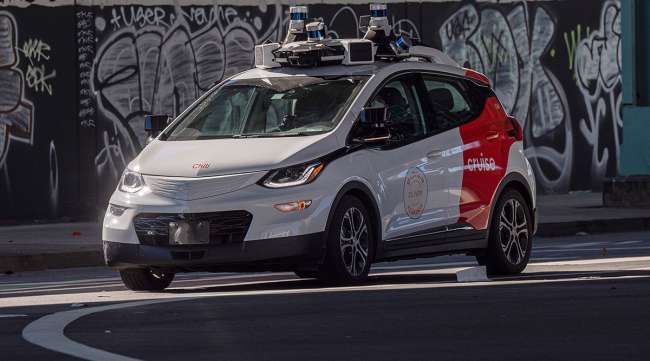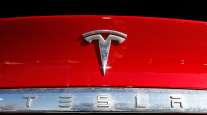GM’s Cruise Targets Resumption of Driverless Rides This Year

[Stay on top of transportation news: Get TTNews in your inbox.]
Cruise, the self-driving vehicle unit majority owned by General Motors Co., is targeting a return to running fully autonomous rides later this year and possibly charging fares by early 2025, said people familiar with the matter.
The San Francisco-based company has been trying to regain traction after grounding its fleet in October following the mishandling by prior management of an incident involving a pedestrian. One of its vehicles struck and dragged a pedestrian, who was hospitalized for months. California regulators pulled Cruise’s driverless license, alleging that the company was not forthcoming with details about the incident.
Since then, Cruise has been working to rebuild the business by overhauling top management with a new CEO and by mending relationships with regulators. With a new team in place, it’s targeting a return to fully autonomous driving by the end of the year and perhaps a resumption of charging fares early next year, the people said.

Barra
A spokesman for Cruise declined to comment.
On GM’s earnings conference call July 23, GM CEO Mary Barra said Cruise’s technology has improved, is meeting tougher safety metrics and progressing toward a return to safety drivers.
“The technology is much more advanced to be better than a role model driver,” Barra said. “I’m very confident as we now have the vehicles operating and we’re on the path very quickly to get back to driverless with much safer technology.”
The company has been running its cars in Phoenix since May and added Dallas and Houston in recent months. Test drivers remain behind the wheel while Cruise updates mapping and driving data in those cities and tests out its technology.

Whitten
Last month, Cruise hired former Amazon.com Inc. and Microsoft Corp. executive Marc Whitten as CEO. Founder and former CEO Kyle Vogt stepped down from the top job in November in the wake of the pedestrian incident. Late last year, GM cut nine other top Cruise executives and a quarter of the workforce to lower costs and instill a safety-minded culture.
GM is looking for partners and other investors to help fund Cruise and continue development. Getting its cars back on the road without a safety driver and charging fares would be proof points for potential investors, one of the people said.
Cruise, which has no revenue, lost $1.2 billion in the second quarter and $1.8 billion in the first half of the year. That loss includes $583 million in restructuring charges related to the shelving of its Origin purpose-built autonomous shuttle. The company will instead use the Chevrolet Bolt electric vehicle.
The Detroit automaker announced it will fund Cruise with $850 million, which would be enough to keep the unit flush into the first quarter of 2025. GM is looking to restart the robotaxi business and focus on developing personally owned driverless vehicles.
Want more news? Listen to today's daily briefing below or go here for more info:




